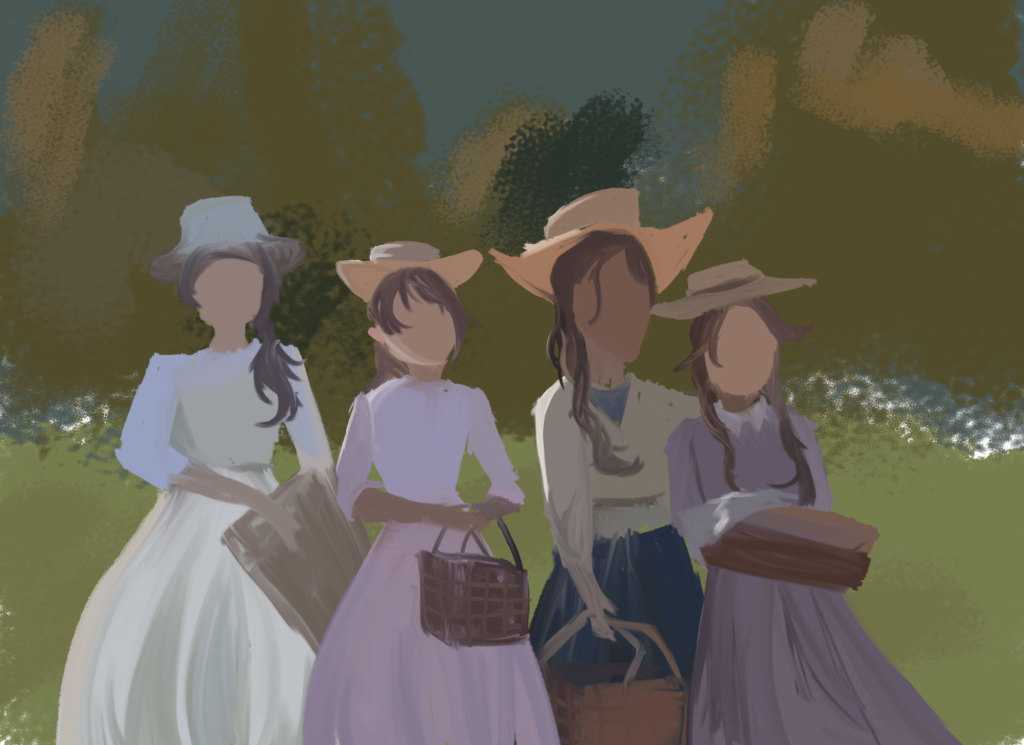Even after 153 years after its initial publication, “Little Women” by Louisa May Alcott remains to be a classic masterpiece with surprisingly relatable content to pretty much anyone.
Maybe it was the indulging plot, or the inspiring characters, or the fact that I rarely read books in my free time, but I particularly enjoyed this book.
The book follows the story of four girls inspired by Alcott’s own family — Meg, Jo, Beth, and Amy March — each facing their own problems and eventually finding resolution to a happily ever after. Although the heroines of the story are far from perfect, the rawness and the passionate storytelling of them far exceeds the typical teenage story following the love story between a shy girl and an evil vampire/werewolf boy.
Meg wishes to have the stereotypical perfect life which many girls dream about — to have lots of pretty clothes — and is feminine, pretty and polite. Her biggest flaw is her own greed and vanity; the second oldest sister, Jo, finds passion in writing but struggles to find acceptance by others in her work; Beth, the kindest of all the sisters, is too angelic and delicate to survive the harsh reality of earthly life, while the spoiled youngest sister Amy is an aspiring artist.
One particular character the book explores is Jo, who I really admire not just because of her independence and strong will to pursue her dream of becoming a writer, but also because of her sisterly bond with her siblings. I find her incident with Amy especially poignant because there are certainly times that I fight with my younger brother, and although sometimes I’d like to live as far away as possible from him, in the end, we are the closest to each other and will always be there for each other, just like Jo and Amy.
The book explores a variety of themes such as female empowerment, poverty, family and friendship. Various tales containing these themes are told through sometimes heartfelt,
and sometimes bittersweet languages, which constantly kept me on my toes over the course of reading this book.
However, though the first part of the book is filled with exciting adventures of the Marches, the second part is disappointingly focused on how all the girls, except for Beth, try to look for their true loves and settle into being good wives. While most of Jo’s stories are about how she resists the typical societal standards of a lady, in the end, she still settled for a happily-ever-after with another man.
Still, the valuable life lessons readers learn with the girls, along with the heartwarming tales of tragedy, love and closure are worth a read. It’s a tale that stands the test of time.


























